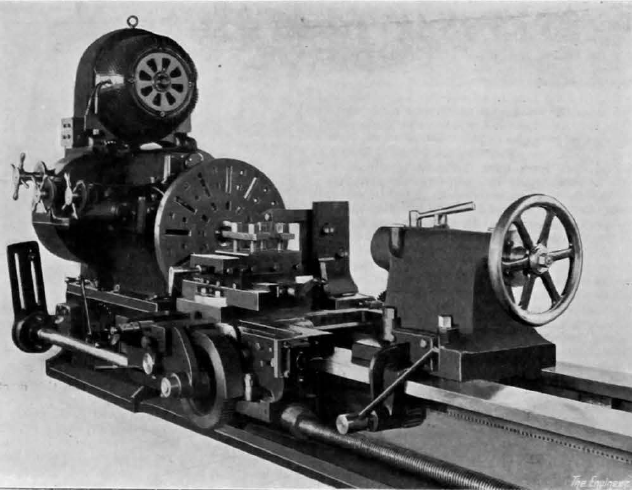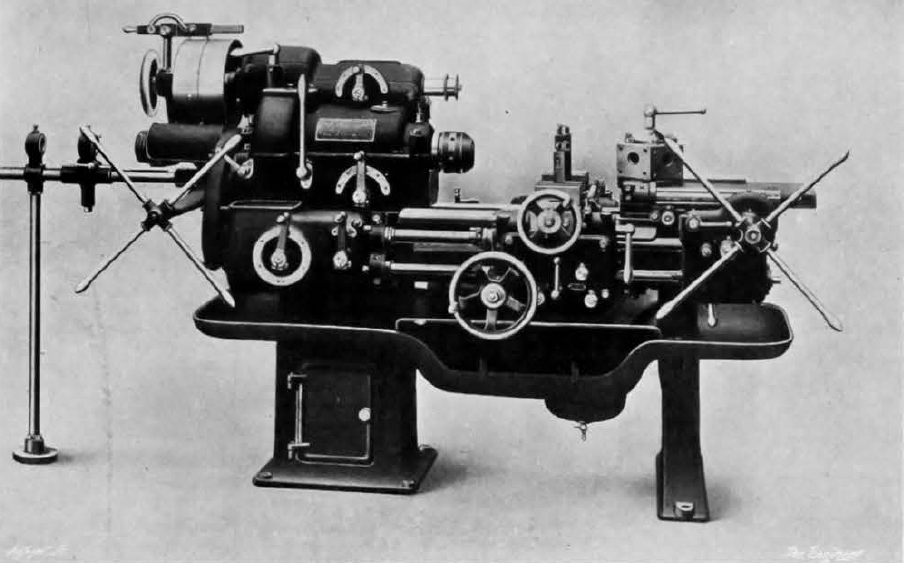Held at the Olympia exhibition centre in West Kensington, London, the show had much in common with its modern-day iteration and was established as a showcase of the very latest production equipment.

“There is scarcely a department of engineering science which is not represented,” wrote The Engineer. “From quite the most up to date system of steam raising…to foundry equipment, gas engines, oil engines, air compressors, transmission of power by oil, toothed gearing of the most modern design, tin box making machines, scientific instruments and the engineering press.”
There is perhaps an inclination on the part of some designers at the present day to provide a machine which will do anything and everything
Over the course of several issues The Engineer explored these technologies in detail – and identified a number of welcome, and not so welcome trends. “Looking back over the wide range of machine tools exhibited, one cannot help being particularly struck with the progress made in the design of lathes and gear cutting machinery,” it reported.
The publication was less impressed by what it viewed as an over-complication of machine tool technologies. “There is perhaps an inclination on the part of some designers at the present day to provide a machine which will do anything and everything,” it wrote. “The result in many cases is a machine too complicated for the managers of engineering workshop and probably too expensive for the smaller jobbing workshops.” It would be interesting to see what The Engineer’s Victorian reporters would make of the multi-tasking machines that dominate the sector today.
READ OUR ARCHIVE MACH COVERAGE HERE
Unsurprisingly there are few, if any, familiar names in The Engineer’s coverage of the event, with largely forgotten UK manufacturers like Drummond Brothers, James Archdale and Co, and John Stirk & Sons grabbing the headlines. The Engineer was fulsome in its praise of these company’s which were, at the time, part of the fabric of the industry. “The firm of Drummond brothers Ltd Guildford can generally be relied upon to furnish something original for the student in machine tool design, and the present exhibition is no exception to the rule,” it wrote, singling out a turret lathe claimed to be so rigid that “the locking down of the turret is necessary for the heaviest work.”

Despite the UK focus, the event did also provide an opportunity for overseas suppliers to demonstrate their equipment. It’s fair to say that The Engineer wasn’t exactly overwhelmed by these exhibitors though. “The presence of exhibits from the Continent and America, although constituting a departure from the original ideas of the promoter added materially to the general attractiveness of the show,” it wrote, “but there was no reason why our own machine makers need fear comparison.
It is high time that Lancashire began to look to her laurels
Indeed, the publication seemed more interested in domestic rivalries than competition from abroad. “Other features which stood out very markedly were the prominence of Yorkshire tool makers and the paucity of exhibits from the neighbouring county, Lancashire,” it remarked. “A pronounced change has come over the comparative positions in the machine tool industry of these two counties during the last few years, and it is high time that Lancashire began to look to her laurels.”
As for whether the show was a success or not, The Engineer wasn’t bowled over the number of visitors, remarking that “It was not attended by the great crowds that are drawn to such displays as the motor car show.” Nevertheless, it concludes that with lots of evidence of business being carried out it should be considered a success. “We know that most of the firms represented were successful in booking a large number of orders in spite of the fact that their workshops are already engaged on work which will suffice to keep them going for several months ahead.”




Glasgow trial explores AR cues for autonomous road safety
They've ploughed into a few vulnerable road users in the past. Making that less likely will make it spectacularly easy to stop the traffic for...